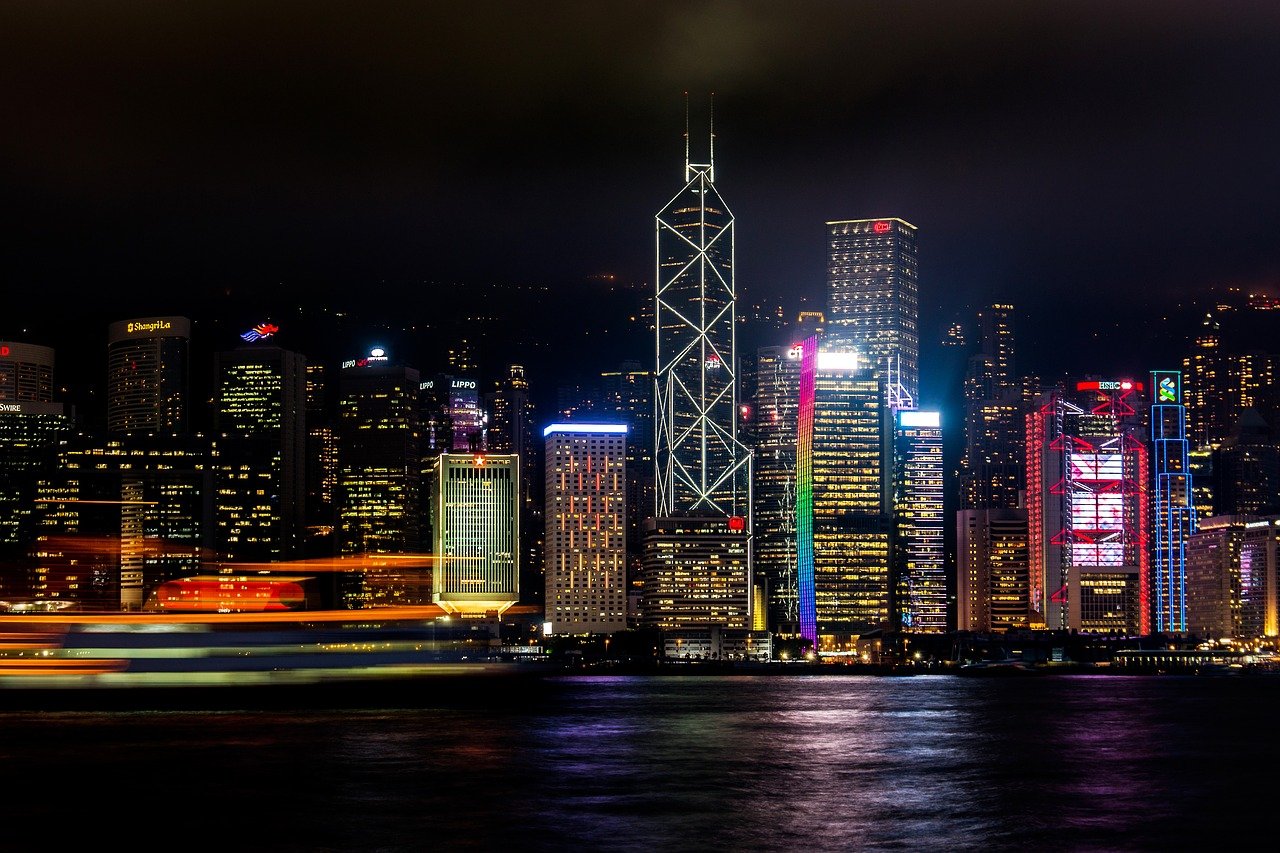It’s been a year since the U.S. government denied a cable license to the Pacific Light Cable Network (PLCN), setting off a chain reaction that's disrupted the trans-Pacific submarine cable market.
Here’s a quick recap.
PLCN, a Chinese-majority-owned cable system, was announced in 2017 and was planned to connect Hong Kong to Los Angeles with branches to Taiwan and the Philippines. National security concerns from U.S. authorities significantly delayed PLCN’s activation.
In February 2020, Google requested to activate one of six fiber pairs to Taiwan only. Then, the U.S. Department of Justice declined PLCN’s landing in Hong Kong in June 2020.
In August 2020, Google and Facebook re-filed a new landing license application that excludes PLDC and the cable’s landing to Hong Kong. The new PLCN cable thus became a system that has one fiber pair between the U.S. and Taiwan and one fiber pair between the U.S. and the Philippines.
In August 2020, Google and Facebook re-filed a new landing license application that excludes PLDC and the cable’s landing to Hong Kong. The new PLCN cable thus became a system that has one fiber pair between the U.S. and Taiwan and one fiber pair between the U.S. and the Philippines.
Subsequently, the consortia of other planned trans-Pacific cables to Hong Kong began to withdraw their landing license applications:
- September 2020: Bay to Bay Express withdrew its application. This cable was subsequently replaced with the CAP-1 cable system plan, which would link the U.S. west coast to the Philippines.
- November 2020: Hong Kong-Guam withdrew its application.
- March 2021: Hong Kong-America withdrew its application.
Further, a pair of new trans-Pacific cables—Bifrost and Echo—was announced in April 2021. Neither cable will land in Hong Kong:
- Bifrost (Facebook, Keppel, Telin): U.S. west coast, Guam, Singapore, Indonesia, the Philippines
- Echo (Facebook, Google): U.S. west coast, Guam, Singapore, Indonesia
What’s Next for Hong Kong?
There’s been a lot of speculation about the landing points of these new cables in Singapore, Indonesia, and the Philippines. It’s led many to question whether Hong Kong will lose its status as a key Asian hub.
There’s little doubt that what happened in 2020 may be a game-changer for Hong Kong as a future landing point for trans-Pacific cables. But that's not to be confused with Hong Kong’s long-standing and firm status as a hub within Asia.
There’s little doubt that what happened in 2020 may be a game-changer for Hong Kong as a future landing point for trans-Pacific cables. But that's not to be confused with Hong Kong’s long-standing and firm status as a hub within Asia.
Let’s break this down:
- For starters, Hong Kong is only connected to one trans-Pacific cable (Asia-America Gateway (AAG) Cable System) presently. The majority of the city’s international connectivity comes from intra-Asian cables. Hong Kong has been a major hub without major direct trans-Pacific cable connections. In 2020, Hong Kong recorded 118 Tbps of used international bandwidth, following closely after Japan (136 Tbps) and Singapore (149 Tbps).
- Investment in new high-capacity cables to Hong Kong continues. New intra-Asian cables like Southeast Asia-Japan Cable 2 (SJC2) and Asia Direct Cable (ADC) are planned to land there within the next few years.
- The city will continue to serve as the primary gateway to mainland China, which has massive demand requirements.
So while Hong Kong is not going to be a gateway for trans-Pacific cables any time soon, that’s really just a continuation of its status quo. The ongoing political tension between Hong Kong and the Chinese government, not just the cancellation of trans-Pacific cables, may also encourage networks and enterprises to rely less on Hong Kong as a major interconnection point.
The Rise of New Asian Hubs?
As we see other locations being chosen as alternative landing points to Hong Kong for these trans-Pacific cables, will they grow to be secondary interconnection hubs in Asia or will they merely be transit points?
Well, it’s going to take (a lot) more than a few new trans-Pacific submarine cable landings for countries to emerge as regional hubs. Other factors such as government regulations, market openness, costs, and geopolitical relationships also play a huge part in determining the extent to which international operators can enter the country.
Well, it’s going to take (a lot) more than a few new trans-Pacific submarine cable landings for countries to emerge as regional hubs. Other factors such as government regulations, market openness, costs, and geopolitical relationships also play a huge part in determining the extent to which international operators can enter the country.
Singapore is already a leading hub in Asia; direct trans-Pacific cables to the country will only enhance this position. However, this isn't necessarily the case for other countries. The Philippines and Indonesia are known to have strict government regulations and relatively high costs, while Taiwan’s future geopolitical relationship with mainland China remains unclear.
As such, although more cables may be landing in these countries, one should be cautious about making a direct correlation between that and them being rising hubs. New cables linking these countries will certainly enhance connectivity for their respective domestic user bases, but is that all it takes?
We think that these locations could initially serve more as transit points—where trans-Pacific cables interconnect with intra-Asian cables for connections to other locations—rather than emerging as new major regional hubs. We’ll be monitoring this situation closely. Stay tuned.
Peruse Shermaine's updated review of telecom happenings in Asia.
Shermaine Yung
Shermaine is a Research Analyst at TeleGeography. She is part of our infrastructure team and her work is focused on the Asia Pacific region.


